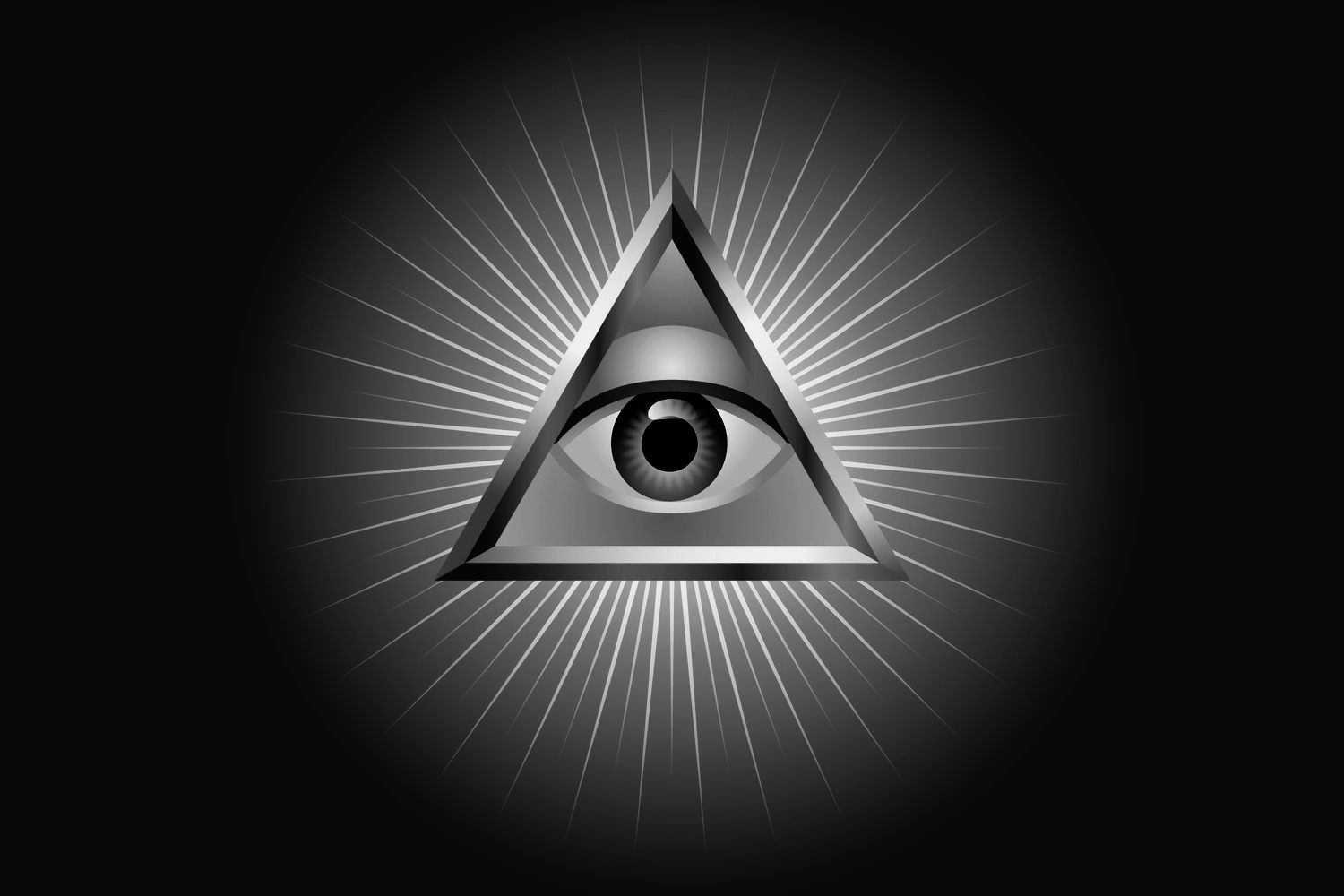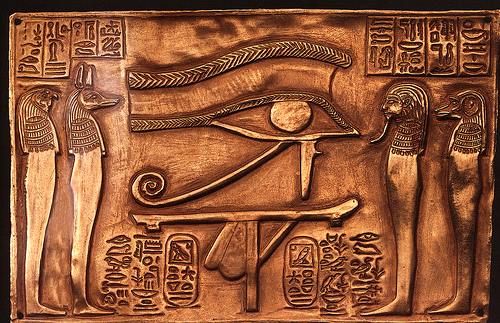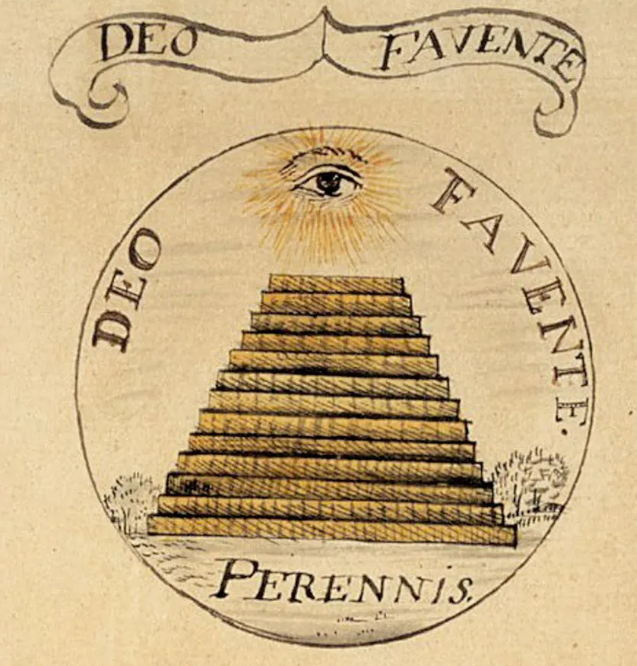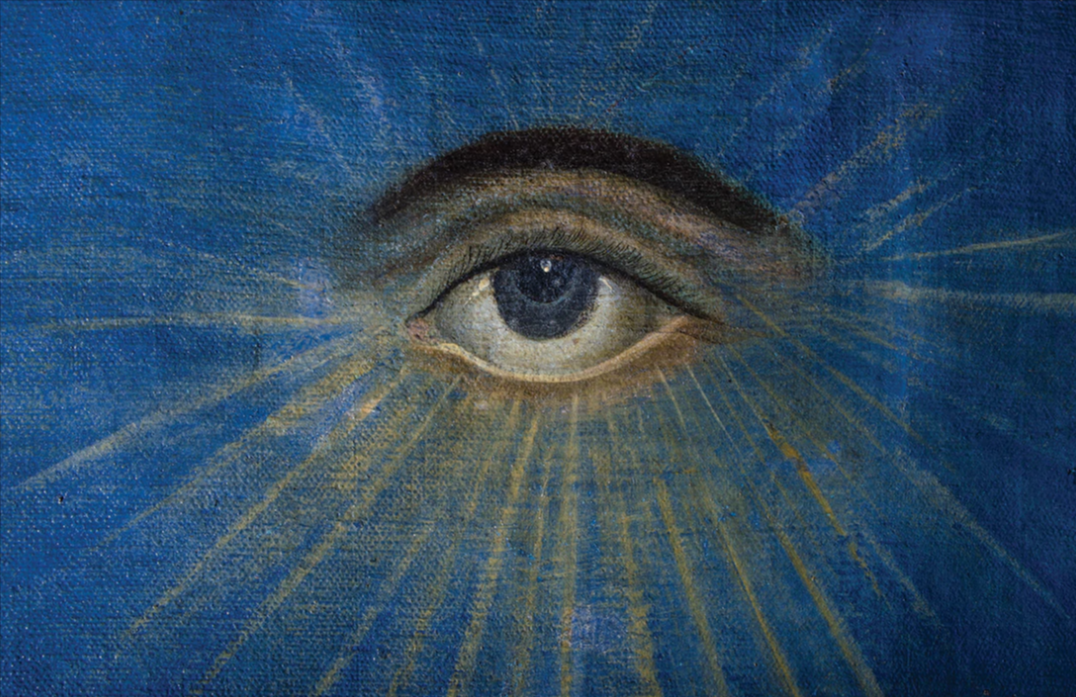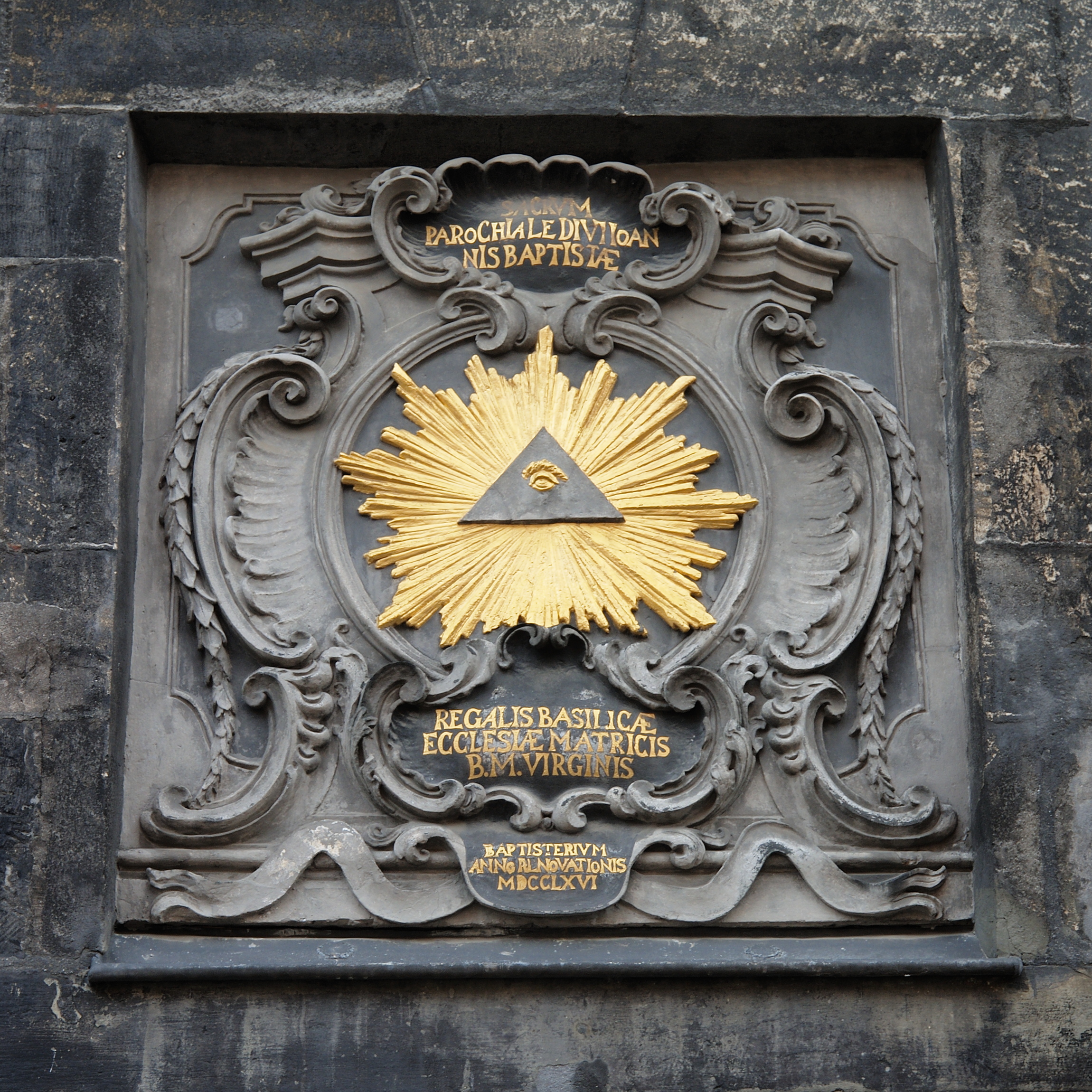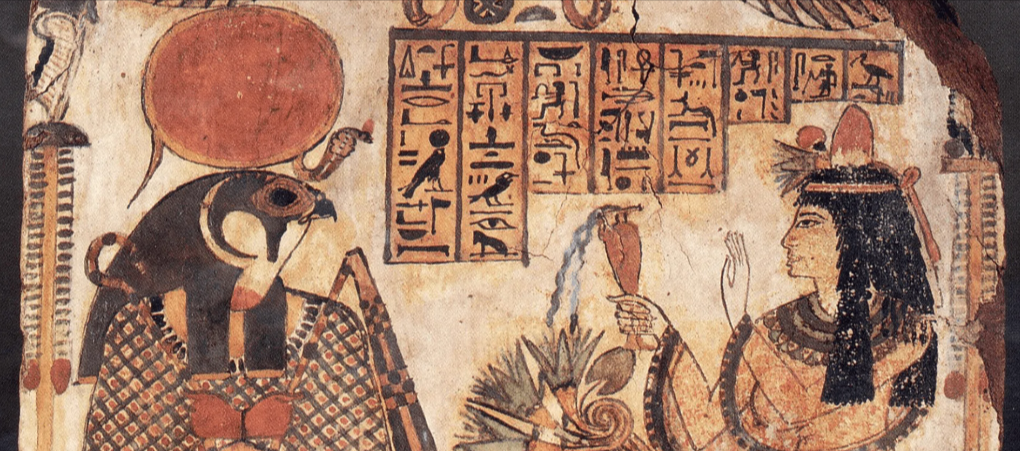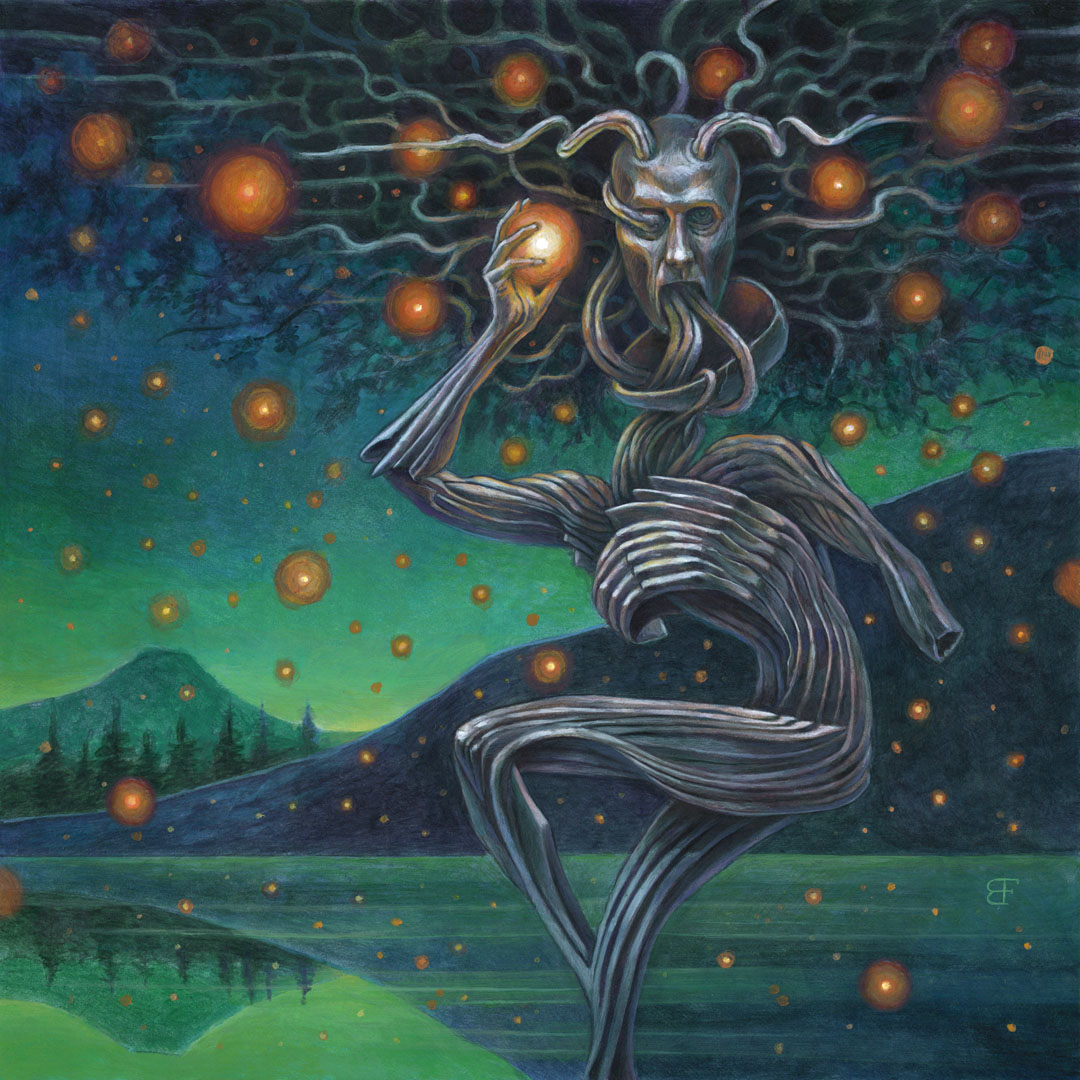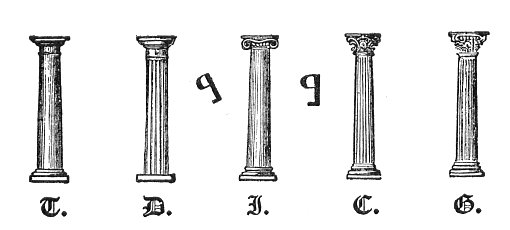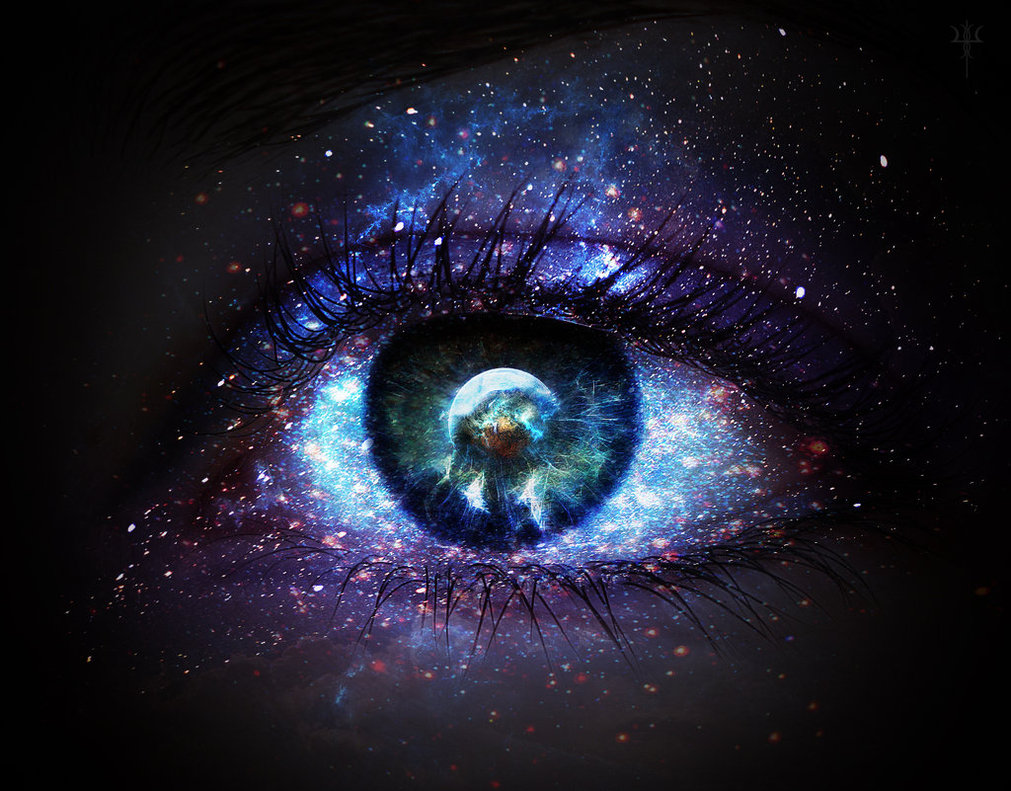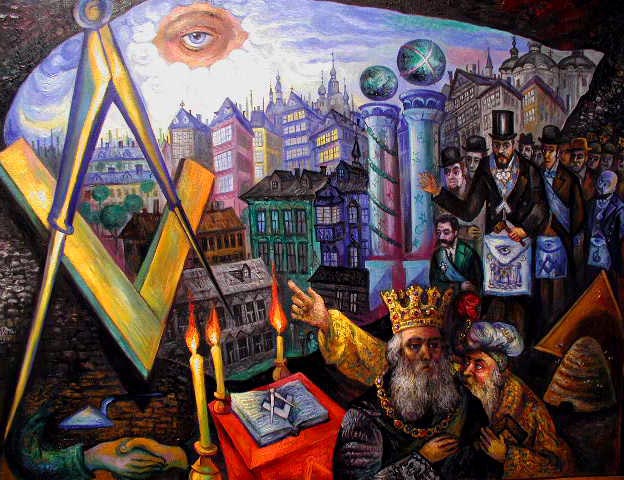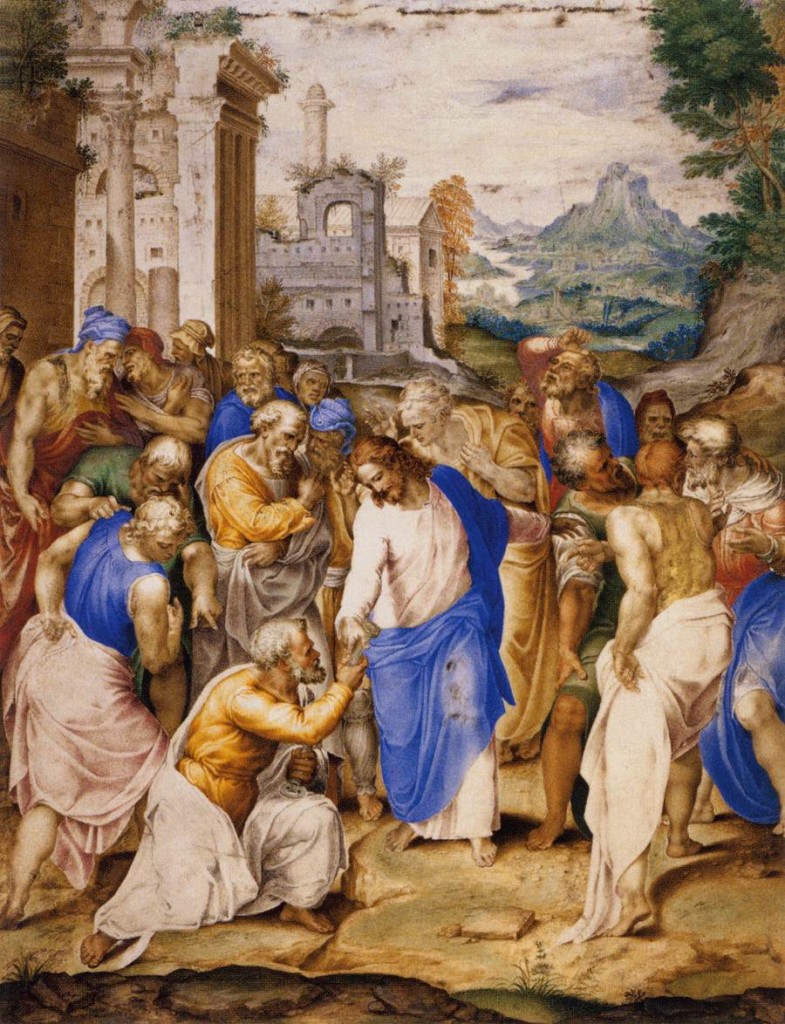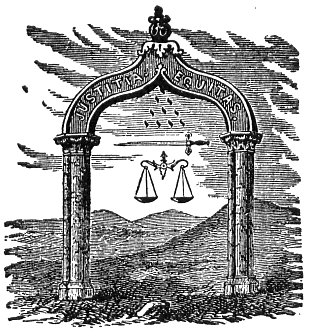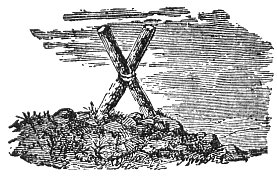The Grand Master proclaims, ” We come to complete the work and to consecrate it to the glory of the Grand Architect of the Universe, to truth, to virtue, and to light the fire of Freemasonry.”
Perhaps no other philosophical concept and symbol is more important in the history of Freemasonry than the Grand Architect of the Universe (initials T.G.A.O.T.U.), which is also sometimes referred to as the Great Architect of the Universe, The Sovereign Grand Architect of the Universe, or the All-Seeing Eye of God. The term itself has been used by Freemasons since at least 1723.
The name “Great Architect” comes from Greek words meaning “Great Artificer” or “Great Workman”; both terms refer to God’s creative powers and abilities to create anything out of nothing at all (Genesis 1:2). This idea seems very similar to what Albert Pike (1809-1891) said about God: “God is uncreated; all else is created.”
Pike claims that T.G.A.O.T.U. is invisible. He wrote, “The point is invisible as the grand architect of the universe of Freemasonry is invisible. But by singular substitution we have assembled to represent a visible sign of this invisible grace.”
In Freemasonry, there is a requirement that a Mason must believe in God, and the Grand Architect of the Universe would represent this deity.
To Freemasons, T.G.A.O.T.U. is associated with light, fire, divinity, the divine wisdom of God, and sacred geometry, which is found symbolized in Lodges as the letter G, the Blazing Star (upright pentagram) or a single eye often enclosed within a triangle with rays of light emanating from it.
God is always associated with creation, light, truth and divine wisdom.
The Masonic philosophy is based on enlightened rationalism (beliefs based on reason rather than faith) and emphasizes goodness, charity, and brotherhood among people regardless of race, creed, or religion). Each Mason has his own unique function or purpose in life and must seek spiritual enlightenment through self-realization and self-development so that he may become a better person who contributes something meaningful to society at large.
The phrase “Grand Architect” appears in Masonic rituals in various forms, such as “Grand Geometrician of the Universe” (or some variant thereof), “Great Geometrician” and “Great Architect” (or some variant thereof). The word “Geometry” here refers to “sacred geometry”, which is a system of measuring and constructing the world and cosmos that was first developed by the Ancient Egyptians and Greeks but has been used by many cultures throughout history.
Thomas McKay wrote:
“We know, for instance, from the recent researches of the archaeologists, that in all the documents of the ancient Egyptians, written in the demotic or common character of the country, the names of the gods were invariably denoted by symbols; and I have already alluded to the different modes by which the Jews expressed the tetragrammaton.
A similar practice prevailed among the other nations of antiquity. Freemasonry has adopted the same expedient, and the Grand Architect of the Universe, whom it is the usage, even in ordinary writing, to designate by the initials G.A.O.T.U., is accordingly presented to us in a variety of symbols, three of which particularly require attention.
These are the letter G, the equilateral triangle, and the All-Seeing Eye.”
33rd Degree Freemason and author Manly P. Hall said it was an expression of a hidden reality. Hall wrote:
Freemasons have for centuries held the conception of the Universe as the material expression of a hidden reality, an invisible blueprint set down by the hand of the Grand Architect of the Universe [in his Spiritual, Moral and Masonic Trestle Board].
Hall also wrote:
“Let him never forget that the Master is near. Day and night let him feet the presence of the Supreme or Overshadowing One. The All-Seeing Eye is upon him. Day and night this great Orb measures his depths, seeing into his innermost soul of souls.”
Pike wrote in Morals and Dogma;
The great duties that are inculcated by the lessons taught by the working-instruments of a Grand Master Architect, demanding so much of us, and taking for granted the capacity to perform them faithfully and fully, bring us at once to reflect upon the dignity of human nature, and the vast powers and capacities of the human soul; and to that theme we invite your attention in this Degree.
Let us begin to rise from earth toward the Stars.
Evermore the human soul struggles toward the light, toward God, and the Infinite. It is especially so in its afflictions. Words go but a little way into the depths of sorrow. The thoughts that writhe there in silence, that go into the stillness of Infinitude and Eternity, have no emblems.
Thoughts enough come there, such as no tongue ever uttered. They do not so much want human sympathy, as higher help. There is a loneliness in deep sorrow which the Deity alone can relieve. Alone, the mind wrestles with the great problem of calamity, and seeks the solution from the Infinite Providence of Heaven, and thus is led directly to God.”(Morals and Dogma Chapter 12)
HISTORY OF THE GRAND ARCHITECT
The concept of God, symbolized as an eye and being the creator or grand architect of the world, goes back thousands of years to Ancient Egypt, Greece, and Phoenicia. The Egyptians had the Eye of Ra and Horus for thousands of years.
The Greek concept of the Grand Architect was Plato’s Demiurge (Gk., dēmiourgos, ‘craftsman’) who formed and molded the visible world. In Christianity, we have God and the LORD with the Eye of Providence dating back well over 1,200 years ago.
Many of us know the Eye of Providence from the back of our U.S. currency on the dollar bill showing an eye enclosed in a triangle and surrounded by rays of light. It was placed there by Masons to represent the eye of God, who watches over humanity, guiding us by the principles of divine providence.
It should be no surprise to some of us that many Masonic and Christain symbols adorn such important items as our currency, since many of our nation’s founders were Freemasons, including George Washington, Ben Franklin, Paul Revere, Joseph Warren, and John Hancock.
A Novus Ordo Seclorum – “A new order of the ages (is born).”
The original Great Seal of the United States of America was said to have been designed in 1782 by Charles Thomson, who, in collaboration with lawyer and artist William Barton, had originated the idea of a pyramid and Eye of Providence and other elements.
The “Eye of Providence” below is from the George Washington Masonic Memorial.
THE ANCIENT GREEK CONCEPT OF T.G.A.O.T.U. AS THE DEMIURGE
The Ancient Greek scientific concept of The Grand Architect of the Universe can be found in Plato’s Timaeus as the Demiurge, from the Greek dēmiourgos, which means craftsman. He uses the term dēmiourgos to refer both to an artisan and to an original arranger of the world.
In the opening speech, Timaeus (Timaeus 27d5-29b1) claims that the cosmos must be the product of what he calls the Demiurge, creating an eternal paradigm. Plato wrote, “To find the maker and father of this universe is a difficult task, and even once found, it’s impossible to declare him to all” (Timaeus 28c3–5).
Plato explains that it is impossible for something to come into being from nothing (27e2-28a4). The first premise is that here must be some source for motion for the universe as a whole, which is unchanging and indestructible. Plato says that an efficient cause is one that acts without being acted upon.
Meaning, the Demiurge does not receive its motion from something else. Instead, it is the first source of all motion in the universe as a whole. Timaeus states that this source must be an efficient cause (Timaeus 27d).
The Demiurge fashioned the world, people and the cosmos out of preexisting chaos which the Demiurge organized into the four elements — Earth, Water, Air and Fire. These formed the “body” of the cosmos, which was also endowed with a “soul”. The soul of the cosmos, which Plato considered as its better or more important part, was its principle of eternal and recurring circular motion, causing the circular motion of the planets, sun, moon, and stars.
Plato’s student, Aristotle added the fifth Platonoic element, aether as the prima matter of the heavenly bodies. He claimed that crystalline spheres were made of a fire like substance that was always moving, called aether. A substance that also filled the space between the celestial bodies.
According to Aristotle’s theories of motion, he believed that ether was a fire like substance that was always moving in a circular motion. But the other four elements tended to move in straight lines. The earth moved downward; fire moved upward, while water and air fell in between.
I believe that Plato’s philosophical explanation of the Demiurge and Aristotle’s aether are the closest scientific explanations of The Grand Architect of the Universe that have been posited to date. In a future essay, I will go into more detail on the Greek concept of the Demiurge and how it can be connected to modern science.
THE CHRISTIAN GRAND ARCHITECT OF THE UNIVERSE
In Christianity, the symbol of the eye of God may be found in the Book of Proverbs, which introduces the idea that “The eyes of the LORD preserve knowledge (Gnosis).”
The first known use of the symbol is in the Palatine Chapel, Aachen Cathedral, which was built by Charlemagne in 786. It was a fairly common symbol throughout the middle ages and well into the Enlightenment period.
Thomas Aquinas said in the Summa: “God, Who is the first principle of all things, may be compared to things created “as the architect is to things designed” (ut artifex ad artificiata).”
John Calvin (1509-1564) was a French reformer of the Church who calls the Christian God “the Architect of the Universe”, also referring to his works as “Architecture of the Universe”, and in his commentary on Psalm 19 refers to the Christian God as the “Great Architect” or “Architect of the Universe”. (Institutes of the Christian Religion – 1536)
In Scripture, God is the master or choirmaster of the heavens, and his handywork can be seen as the creator of the world. The firmament showeth his handywork. (Genesis 1:6, 20.) as the atmosphere enveloping the earth. Psalm 19 reads, “For the director of music. A psalm of David. The heavens declare the glory of God; the skies proclaim the work of his hands. Day after day they pour forth speech; night after night they reveal knowledge (Gnosis).”
THE GRAND ARCHITECT IN EGYPT AS RA
The ancient Egyptians believed that Ra was the one who created everything in their world as the father of all creation.
They believed that Ra created himself out of nothingness and then created everything else in their world by speaking it into existence. He was the patron of the heavens, light, the sun, power and royalty. He was said to govern the actions of the sun.
The Eye of Ra would be one of the earliest or the first representations of the The Grand Architect of the Universe, the Eye of Providence and All-Seeing Eye of God.
Ra was one of the oldest deities in the Egyptian pantheon and was later merged with Atum to become Atum-Ra, which means “the complete one.” He also merged with the God Amon to become Amon-Ra At Thebes, becoming the principal god of the pantheon, the “king of the gods,” and the patron of kings.
All Egyptian Pharoahs from the 4th Dynasty on held the title “Son of Ra” (Son of God or the Grand Architect). As the Sons of Ra, they were tasked with governing their kingdoms and people as God issuing justice via rewards and punishments.
Gnostic Warrior Conclusion
The Masonic Grand Architect of the Universe symbolizes creator God and the primeval creative force in both ancient and modern religions, particularly those of Islam, Judaism, and Christianity.
In the end, believing in the creator of the universe will always be a matter of faith and opinion.
It’s a fascinating subject with roots in Egyptian Mythology, Greek Philosophy, Christian theology and Freemasonry throughout history—and it’s one that every Mason should spend some time researching on his own in order to appreciate its many different facets.
But as you can see from the course of history, several ancient nations, religions, and secret societies such as Freemasonry believed in a creator God whom they honored and defied in their writings.
For the Masons, the idea of a Great Architect is dogmatic as with many other religions. It is a requirement to believe in God, and there are no acceptions.
An ancient tradition that is still followed to this day not only by Masons, but also by billions of people.

Moe is the founder of GnosticWarrior.com. He is a father, husband, author, martial arts black belt, and an expert in Gnosticism, the occult, and esotericism.

